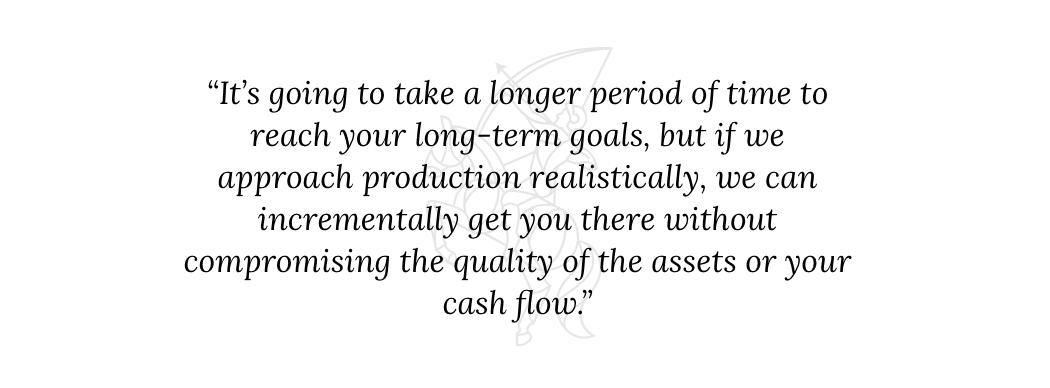Iteration Is The Sincerest Form Of Strategy
We often find ourselves sitting across the conference table from clients discussing their go-to-market needs or market rejuvenation strategies. No matter the age or size of the organization, the conversation always ends up revolving around two items: the desire to make a huge splash through marketing, and the budget & timeline available to make the splash happen. The times where those two factors are in alignment are few and far between.
If something is going to challenge the probability of making a considerable market impact, it’s almost always going to be budget and timeline. For pre-revenue startups, there just isn’t enough liquid capital to build a suite of sales collateral or an incredible online experience. For established organizations, the challenge usually takes root in the production timeline. In fact, a several-month waiting period for the production of long-term assets can be just as challenging to work with as a budgetary restraint.

After seeing these restraints pop up time and time again, we knew there had to be a better way to approach market engagement. Eventually, we began to encourage our clients to invest in an iterative, modular market-engagement strategy. How do you enter a market on a step-by-step basis? Here’s an example based on a recent client of ours:
A client came to General Public with a business model centered around selling products online alongside a subscription-based repair service. The client had a logo and a small website, but not much else to springboard their company. During our initial road-mapping sessions, we walked through all of the assets needed to make these business offerings a reality: a robust e-commerce site, multiple pieces of print collateral, and digital campaigns to target consumers on Google and social media. As you can imagine, the potential scope of work increased and numbers started adding up rapidly. The more we talked, the larger the client’s eyes got, and we could tell that anxiety was building due to their limited income stream vs. our estimated production costs. Fortunately, we told them about our approach to projects, explaining it like this:

What followed was a proposed three-step strategy that started with a small initial investment in business cards, print collateral, and a temporary splash page optimized for Google. All of these marketing materials served the client by giving them legitimate tools to help them meet immediate sales goals before continuing to the next steps of production. The projected timeline of 9 months also offered the flexibility to extend the timeframe in the event of slower-than-expected business development. This fluid timeline allowed us to serve our client in a way that wouldn’t risk crippling a business still in its early stages. You might be thinking, “Well this sounds great, but where is the client now?” We’re happy to announce that we are wrapping up Phase 1 of the plan and will soon be moving into Phase 2.
While this approach is not the most rapidly profitable strategy for our business, it proves to be the best approach for many of our clients, and that’s all that matters to us. We believe in the value of a solid long-term strategy that allows us to build healthy relationships with our customers. When our clients meet their goals, it gives us opportunities to do bigger and better things with them as they grow. NOTHING beats that.
